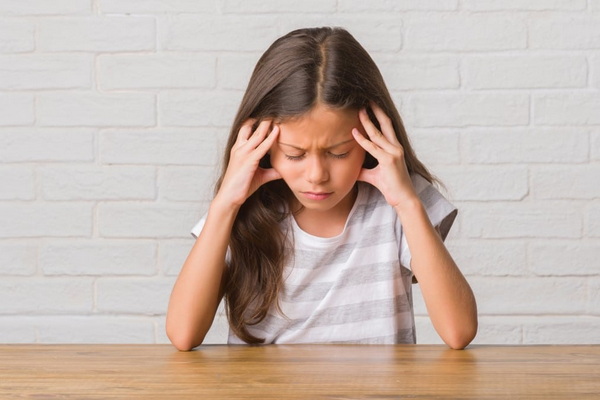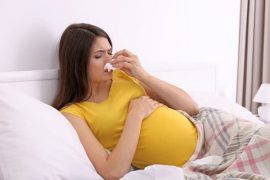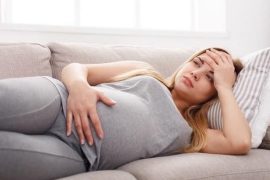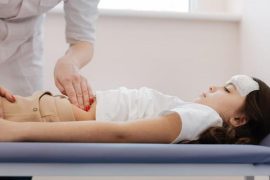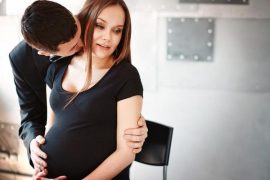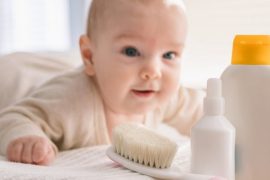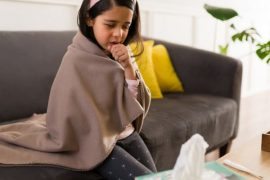Зміст
Headache in children (headache) is a relatively common symptom in childhood, and is generally not usually associated with severe headaches, although this is a discovery that may be of great interest to the families of our young patients.
Its frequency is lower in very young children and increases as adolescence approaches.
Migraine is a common cause of headache (headache), and in cases where there is often a family history, especially the parent.
Types, symptoms and causes of headaches in children
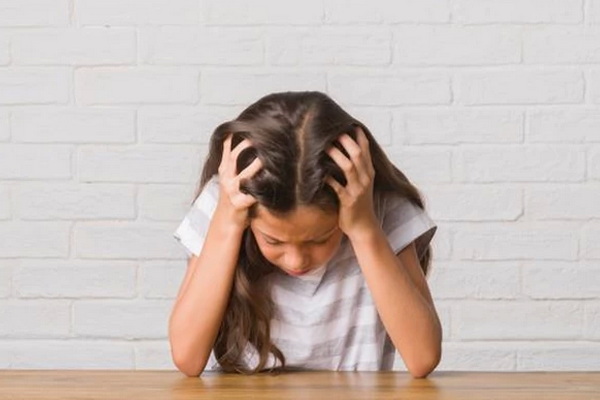
But migraines are not the only cause of childhood headaches, and there can be many others, for example:
- Tension headache associated with school and family situations, etc., which cause stress in children.
- Secondary headaches after trauma.
- Infectious headaches such as sinusitis, meningitis, etc.
- Vision violation.
- Dental disease
- Headaches associated with various mental disorders: anxiety, depression, etc.
- Tumors of the central nervous system.
- Sunstroke, heatstroke, frequent in summer.
- Many other illnesses can also cause headaches in children.
What are the symptoms of headache in children?
The main symptom is a headache, which the child describes as best as possible, depending on his abilities at each age.
Young children often cry and press their hands to their heads, and the older child already explains to you what the “headache” is, in which place, what movements or postures aggravate it, how long the attacks last and how often they occur, etc.
Secondary headache symptoms
Depending on the diagnosis, there may be other concomitant symptoms: if there is an infectious process, the child may develop fever, catarrh symptoms, even a significant deterioration in the general condition in the case of terrifying meningitis, with fever, vomiting, neck, etc.
When is a headache dangerous in children?
If there was a tumor, this could mean a malfunction in the part of the brain affected by the presence of the tumor:
- Speech disorders
- Inability to move a limb
- Strabismus
- Reflex changes
How is headache diagnosed?
The diagnosis is made by the pediatrician, taking a complete clinical history, with particular attention to the patient’s family and personal history.
Subsequently, we will ask a series of questions about the type of headache, since when, what other symptoms accompany it, how long the seizures last, what medications were injected, etc.
We will then conduct a complete physical examination of the child, look for signs of infection, examine their skin for blemishes that can lead to various health problems, and conduct a complete neurological examination of the funds and blood pressure.
Depending on what the complete clinical history offers, we also order additional tests according to our presumed diagnosis: blood tests, lumbar puncture if meningitis is suspected, X-rays, CT or magnetic resonance imaging, etc.
How to relieve headaches in children?
With regard to the treatment of headaches in children, it is clearly not intended to provide an exhaustive analysis of all possible causes of headaches and how to treat them.
It should be noted again that in the vast majority of cases, the headache will be caused by a trivial problem with a simple solution.
The goal of therapy is twofold: to relieve pain as well as to eliminate the root cause of the problem.
Infectious headache
In the case of an infectious headache, if necessary, antibiotic treatment will be indicated, medications such as paracetamol for headaches in children, ibuprofen, metamizole, hospitalization in case of meningitis, etc.
Recurrent migraines
In cases of recurrent migraines, daily treatment can be prescribed to reduce the frequency and intensity of attacks with a wide range of medications, as well as treat the underlying disease if there is epilepsy, tumors, etc.
Practical tips for preventing headaches in children
And the so-called “non-drug treatment” is also very important: you need to maintain regular sleep and observe hygiene, you need to take care of hydration and nutrition.
Children should exercise outdoors on a daily basis, with particular emphasis on preventing toxic habits during adolescence, and learning to recognize and avoid so-called pain triggers such as certain foods, stress, excessive exercise, etc.


